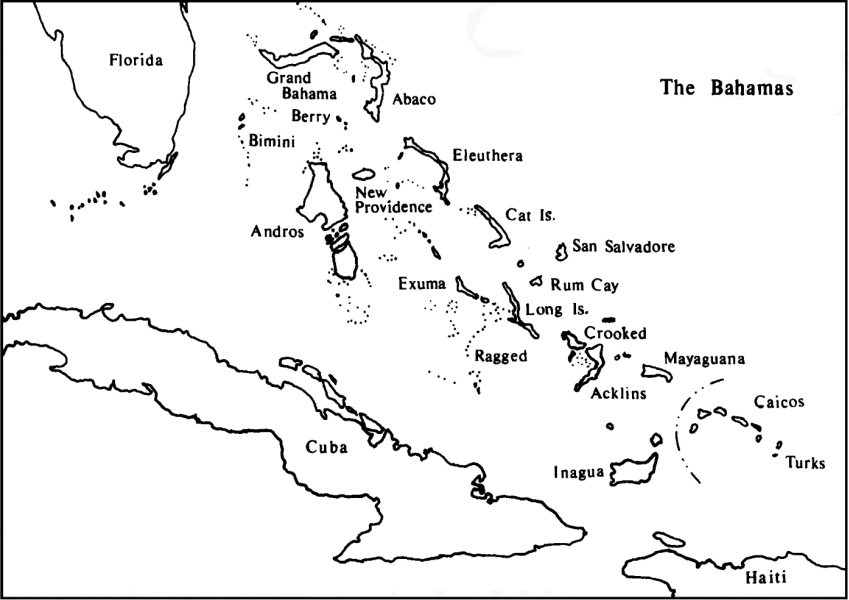

Grammar


Tenses


Present

Present Simple

Present Continuous

Present Perfect

Present Perfect Continuous


Past

Past Simple

Past Continuous

Past Perfect

Past Perfect Continuous


Future

Future Simple

Future Continuous

Future Perfect

Future Perfect Continuous


Parts Of Speech


Nouns

Countable and uncountable nouns

Verbal nouns

Singular and Plural nouns

Proper nouns

Nouns gender

Nouns definition

Concrete nouns

Abstract nouns

Common nouns

Collective nouns

Definition Of Nouns


Verbs

Stative and dynamic verbs

Finite and nonfinite verbs

To be verbs

Transitive and intransitive verbs

Auxiliary verbs

Modal verbs

Regular and irregular verbs

Action verbs


Adverbs

Relative adverbs

Interrogative adverbs

Adverbs of time

Adverbs of place

Adverbs of reason

Adverbs of quantity

Adverbs of manner

Adverbs of frequency

Adverbs of affirmation


Adjectives

Quantitative adjective

Proper adjective

Possessive adjective

Numeral adjective

Interrogative adjective

Distributive adjective

Descriptive adjective

Demonstrative adjective


Pronouns

Subject pronoun

Relative pronoun

Reflexive pronoun

Reciprocal pronoun

Possessive pronoun

Personal pronoun

Interrogative pronoun

Indefinite pronoun

Emphatic pronoun

Distributive pronoun

Demonstrative pronoun


Pre Position


Preposition by function

Time preposition

Reason preposition

Possession preposition

Place preposition

Phrases preposition

Origin preposition

Measure preposition

Direction preposition

Contrast preposition

Agent preposition


Preposition by construction

Simple preposition

Phrase preposition

Double preposition

Compound preposition


Conjunctions

Subordinating conjunction

Correlative conjunction

Coordinating conjunction

Conjunctive adverbs


Interjections

Express calling interjection


Grammar Rules

Passive and Active

Preference

Requests and offers

wishes

Be used to

Some and any

Could have done

Describing people

Giving advices

Possession

Comparative and superlative

Giving Reason

Making Suggestions

Apologizing

Forming questions

Since and for

Directions

Obligation

Adverbials

invitation

Articles

Imaginary condition

Zero conditional

First conditional

Second conditional

Third conditional

Reported speech


Linguistics

Phonetics

Phonology

Linguistics fields

Syntax

Morphology

Semantics

pragmatics

History

Writing

Grammar

Phonetics and Phonology

Semiotics


Reading Comprehension

Elementary

Intermediate

Advanced


Teaching Methods

Teaching Strategies

Assessment
Bahamian English: phonology Introduction
المؤلف:
Becky Childs and Walt Wolfram
المصدر:
A Handbook Of Varieties Of English Phonology
الجزء والصفحة:
435-26
2024-04-04
1177
Bahamian English: phonology
Introduction
The Commonwealth of The Bahamas (henceforth The Bahamas) represents a unique geographic, demographic, and linguistic situation among the islands of the Caribbean and North Atlantic. The Bahamas consist of more than 700 islands and over 5,000 square miles of land mass, ranging from Grand Bahama to the north, located 60 miles off of the Florida coast, to Inagua to the south, located approximately 50 miles from Cuba and Haiti. The 30 inhabited islands contain almost 300,000 permanent residents, two-thirds of whom now live in the urban area of Nassau. The map in Figure 1 outlines The Bahamas in relation to the United States, Cuba, and Haiti.

Although The Bahamas are often associated with the Caribbean Islands, in many respects they are more closely linked to North America than to the islands bounded by the Greater and Lesser Antilles. Furthermore, they have an important sociohistorical and sociolinguistic affinity with the US. Many of the Afro-Bahamians, who comprise 85 percent of the population, came from the Gullah-speaking areas of South Carolina and Georgia and many of the original Anglo-Bahamian settlers were British loyalists from North America who came to The Bahamas from the US after the Revolutionary War. Furthermore, there is regular off-island travel to the US by many Bahamians.
There are a number of linguistic and sociolinguistic issues relating to this archipelago. One question concerns the significance of different founder English varieties that range from British and American English dialects to Gullah and other creoles in the African diaspora. Few Caribbean varieties have such a full range of potential English input dialects. Another matter is the past and present relationship between Afro-Bahamian and Anglo-Bahamian varieties. Although the black population has outnumbered the white population for several centuries, they have been socially and politically subordinate for the vast majority of that time. At the same time, there are a number of long-term mono-ethnic enclaves of Anglo-Bahamians in some of the outlying cays (pronounced as “keys”), raising issues about ethnolinguistic boundaries and accommodation. The demographic, sociohistorical, and sociolinguistic circumstances of the islands thus raise important questions about language norms and language ideology along with matters of linguistic description.
In this account, we describe the phonological traits of Bahamian English, including the relationship between enclave Anglo-Bahamian speech communities in outlying regions and the dominant population of Afro-Bahamians. Although some of these issues are just beginning to be addressed, current research suggests that bilateral ethnolinguistic convergence and divergence are exhibited in both salient and subtle ways. To situate the linguistic description of some of the diagnostic features of Bahamian phonology, we first offer a brief historical overview of The Bahamas, followed by a description of some of the major vocalic, consonantal, and prosodic traits typical of black and white Bahamian speech.
 الاكثر قراءة في Phonology
الاكثر قراءة في Phonology
 اخر الاخبار
اخر الاخبار
اخبار العتبة العباسية المقدسة

الآخبار الصحية















 قسم الشؤون الفكرية يصدر كتاباً يوثق تاريخ السدانة في العتبة العباسية المقدسة
قسم الشؤون الفكرية يصدر كتاباً يوثق تاريخ السدانة في العتبة العباسية المقدسة "المهمة".. إصدار قصصي يوثّق القصص الفائزة في مسابقة فتوى الدفاع المقدسة للقصة القصيرة
"المهمة".. إصدار قصصي يوثّق القصص الفائزة في مسابقة فتوى الدفاع المقدسة للقصة القصيرة (نوافذ).. إصدار أدبي يوثق القصص الفائزة في مسابقة الإمام العسكري (عليه السلام)
(نوافذ).. إصدار أدبي يوثق القصص الفائزة في مسابقة الإمام العسكري (عليه السلام)


















